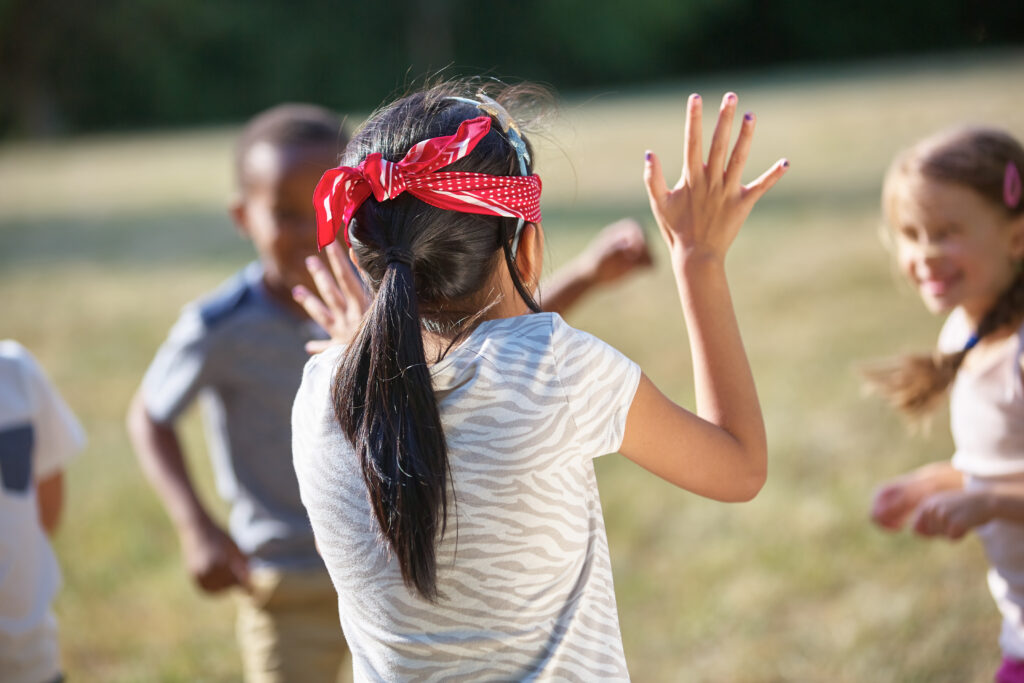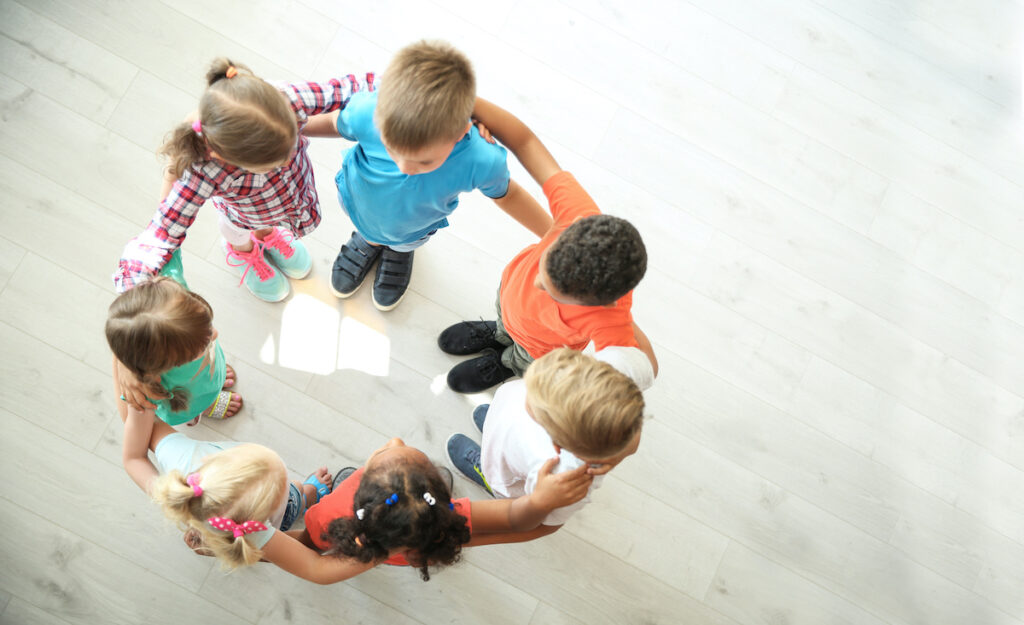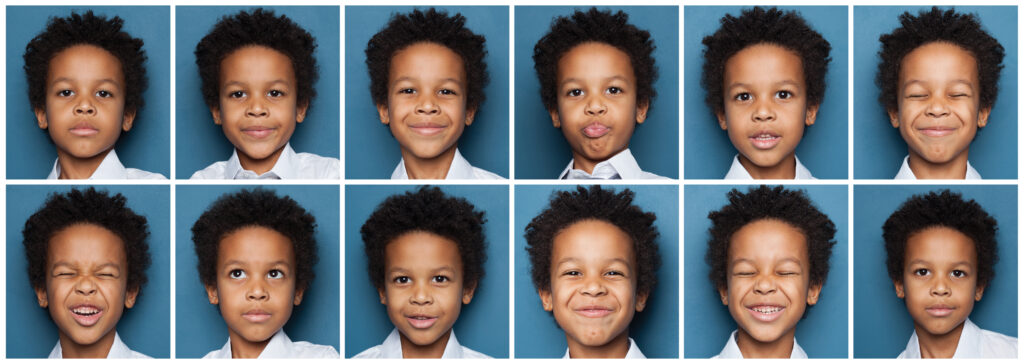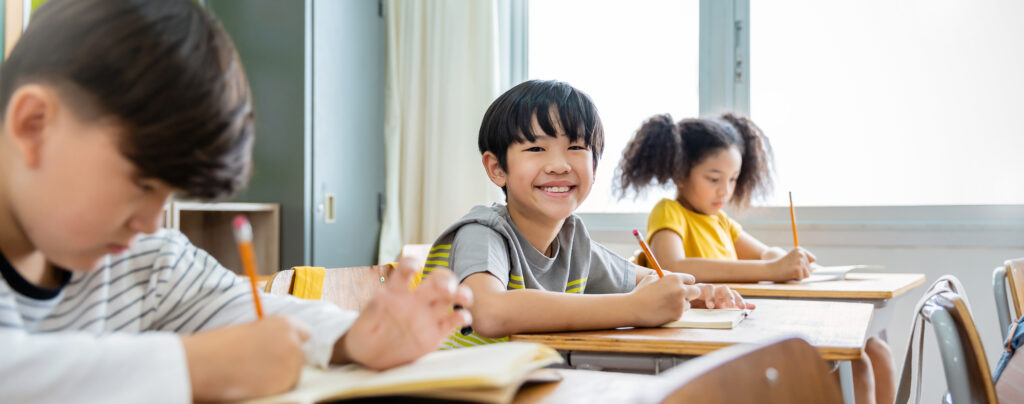Respect and Teamwork (Grades K-5)
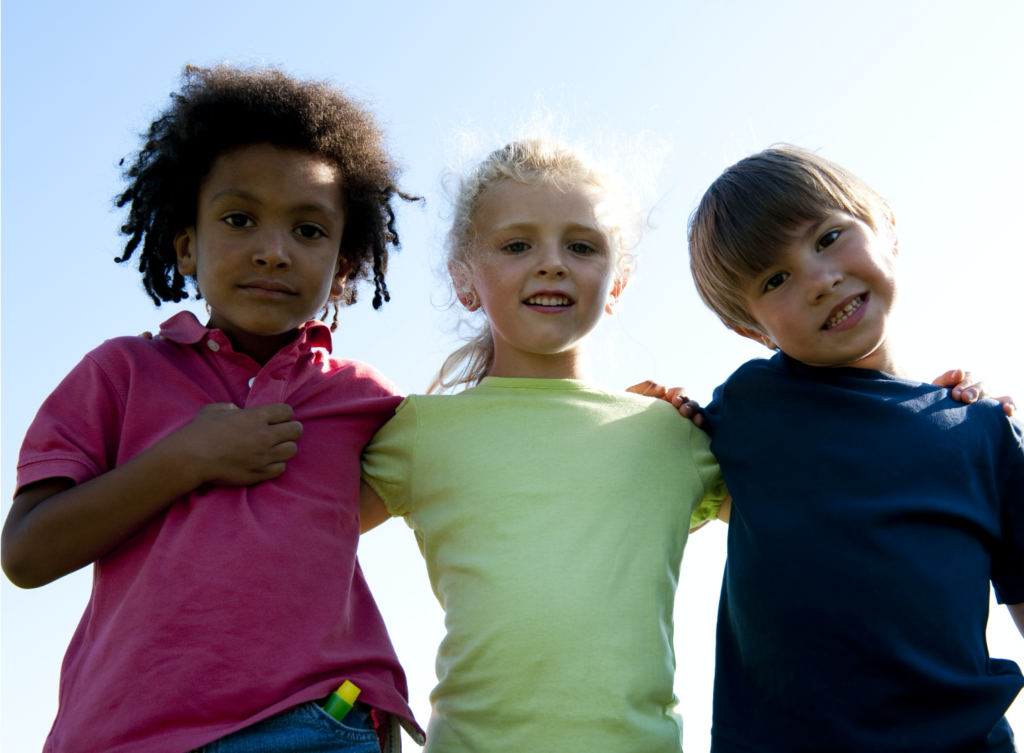
Overview:
Students will practice the skills necessary to show respect and teamwork through a group project to build a structure. Students will practice teamwork, giving helpful feedback, and patience.
Character Education Objectives:
Students will:
- practice patience while being limited in their abilities during the challenge.
- demonstrate effective teamwork by completing the structure together.
- reflect on how feedback can change the outcome of the project.
Materials:
- Materials to build a structure: pieces of wood, cardboard blocks, etc.
- Sample structure should be built ahead of time and piles of exact same building materials laid out for each group.
Lesson:
- Divide students in groups of 2-4.
- Facilitator shows group the structure. Allow them to look at it for at least one minute.
- Give the instruction that each person will take a piece or pieces and must not touch any other pieces other than their own or the group will have to start over.
- Each person in the group takes a piece or pieces of building material.
- The group now duplicates the structure like the original.
- Give the group a set amount of time. If they need more time, negotiate for what they are willing to give up (talking, one arm behind back, etc).
- If groups are having trouble, take a time out and have them discuss how they are going to do it, then have them try again.
Discussion:
- Discuss the process they used either by plan or by default.
- Discuss what they heard while they were working, were people being encouraging or critical? How did that make them feel? Did they do anything to change the atmosphere?
- Discuss patience. Is it hard or easy for them?
- How does this activity reflect other things they have to do as a group or team?
More:
- Respect is one of the Six Pillars of Character. Learn more about the Pillars.
- For more lessons on respect, use the filter tool to find lessons by value and age range.
